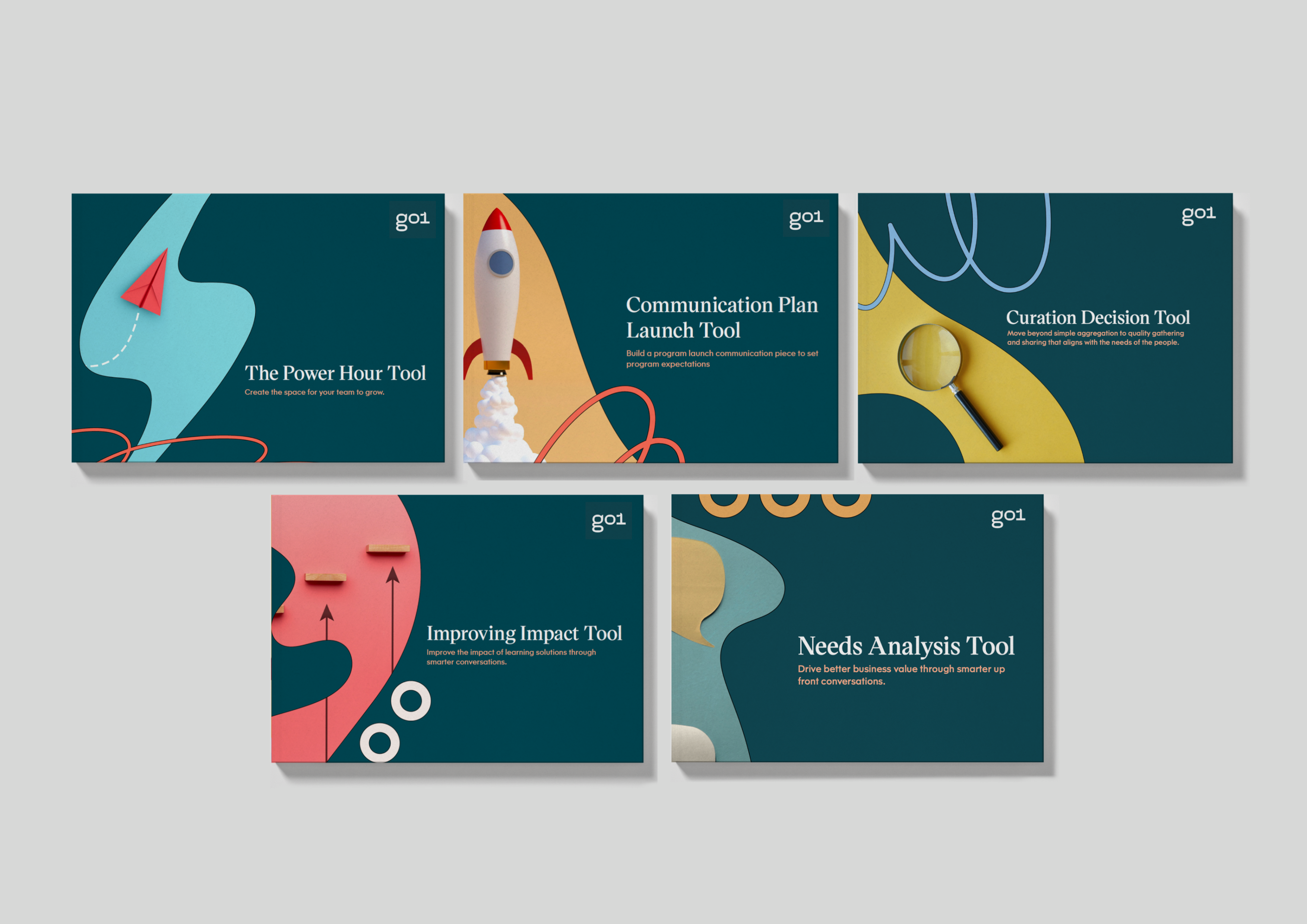
eLearning trends to watch out for in 2023

There’s no doubt that the impact of eLearning on the education industry has been huge. In just a few decades, the industry has grown to the point where 98% of businesses utilize eLearning as part of their learning and development strategies.
But what are the upcoming eLearning trends that will influence how students learn? In this post, we’re going to take a look at where the industry is headed into 2023 and beyond.
The biggest learner-driven trends
Some of the biggest trends in eLearning will directly impact how students engage with digital learning materials. With more tools at the disposal of course authors, it enables them to create material that means more students will retain more knowledge and information.
Virtual and augmented reality
What was once technology limited to science fiction, virtual and augmented reality are now tools that can be inexpensively brought into any home, classroom, or office. Even the average smartphone has the relevant tech needed to immerse students in another world.
While virtual reality may not be a tool appropriate for all topics, it can certainly be useful in certain situations. For example, using augmented reality to pre-visualize a design, or virtual reality to take a trip to the surface of the moon.
Continuous learning journeys
While students may finish an eLearning course energized at having learned new skills and information, the unfortunate reality is that it’s unlikely students will retain all of that knowledge for the long term.
The curve of forgetting is a model that states that, following a one-hour lecture, just one week later students are only likely to retain 2-3% of what they learned.
Because of this, continuous learning is important to refresh knowledge and keep it at the front of students' minds. Even just ten minutes of revisiting materials can boost retention.
One of the benefits of eLearning is that online courses can be revisited as and when they’re needed. That makes a continuous learning journey easily accessible for students.
Catalog courses
Catalog courses, otherwise known as off-the-shelf courses, are eLearning courses that have already been produced by industry experts. As a result, the materials can be purchased and accessed immediately.
Catalog eLearning courses can cover a wide range of topics and skills, from broader topics such as customer services and communication to niche topics including DevOps or language and literature.
Using catalog courses means a large number of students can learn new skills quickly, easily, and cost-effectively.
Content curation
In eLearning, content curation is the collation of digital learning materials so they can be reorganized to select specific points and information. By doing this it ensures that students are only learning from materials that are relevant to them and what it is they want to develop.
While content curation benefits students, it does involve more administrative work. As a result, not all organizations may want to adopt this approach. However, doing so can save students from wasting time and energy on learning that doesn’t benefit them.
The biggest organizational-driven trends
The latest trends in eLearning don’t simply affect how a student learns, but they can also benefit how students and administrators organize their learning.
Microlearning platforms
Microlearning tools and platforms help students to learn in small bursts, which helps with knowledge retention. Microlearning is advantageous because it breaks learning down into smaller chunks which are more easily digested.
Adaptive learning
Adaptive learning allows students to take charge of their own learning and tailors eLearning to each student’s specific needs. With eLearning, adaptive learning is far more cost-effective and ensures that individual students receive the training they need so they can grow in the way they want.
Community integrated learning experience platforms (LXPs)
Learning experience platforms (LXPs) are a great tool for creating learning and development strategies that are highly personalized to each student. A student can use an LXP to outline the journey they want to take, and can then be assigned specific eLearning content that helps them reach their goals.
Artificial intelligence
Artificial intelligence (AI) is progressing quickly to automate processes and make our lives easier. AI is also being used in eLearning to strategize, organize, and create personalized learning experiences.
Remote learning
Since the pandemic started in early 2020, many businesses have been forced to embrace remote working. As a result, those same businesses have also seen that working remotely has many advantages and relatively few disadvantages.
Thanks to the flexibility and accessibility of eLearning, remote learning ensures employees around the world can receive the same consistent, high-quality training which is also highly engaging.
What other trends and changes are happening in 2023 and beyond?
There are plenty of other changes to eLearning happening now and into the future. These include:
Gamification
Many people are spurred on when there’s a competitive angle, and eLearning is no different. By introducing gamification to eLearning it incentivizes students to engage and retain more knowledge.
Mobile learning
We’re spending more time on our phones than ever before, with a vast majority of web browsing done so using mobile devices. As a result, there has also been an increase in students using those same devices to access eLearning courses. That means learning management systems and other eLearning tools must be compatible with all devices.
Blended learning
Blended learning is a great way to incorporate continuous learning into your learning and development strategy. The majority of the learning can be done independently, to then bring students together to discuss what they’ve learned. This also encourages students to ask questions which can further aid understanding.
Where can you learn more about eLearning?
Which of these eLearning trends does your organization plan to adopt to further improve your learning and development strategy?
At Go1, we have a wide range of eLearning courses that can be accessed instantly. To learn more about how Go1 can help you with your organization's eLearning strategy, book a demo with a member of our team today.




